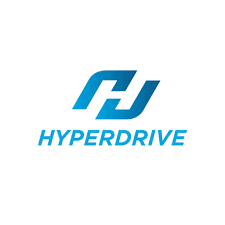Application & Technology Trends in Lift Trucks
Lift trucks operate in some of the most challenging physical environments. Designers of electric drive systems for material handling applications need to consider the effects of extreme shock, vibration, temperature, and humidity conditions, and choose components wisely. There are a number of challenges and trends to consider.
Current trends in material handling
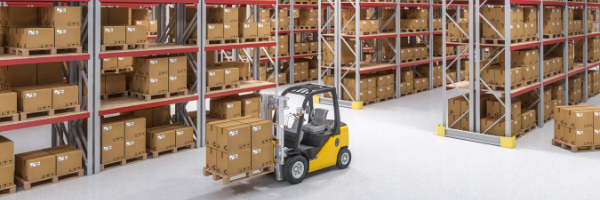
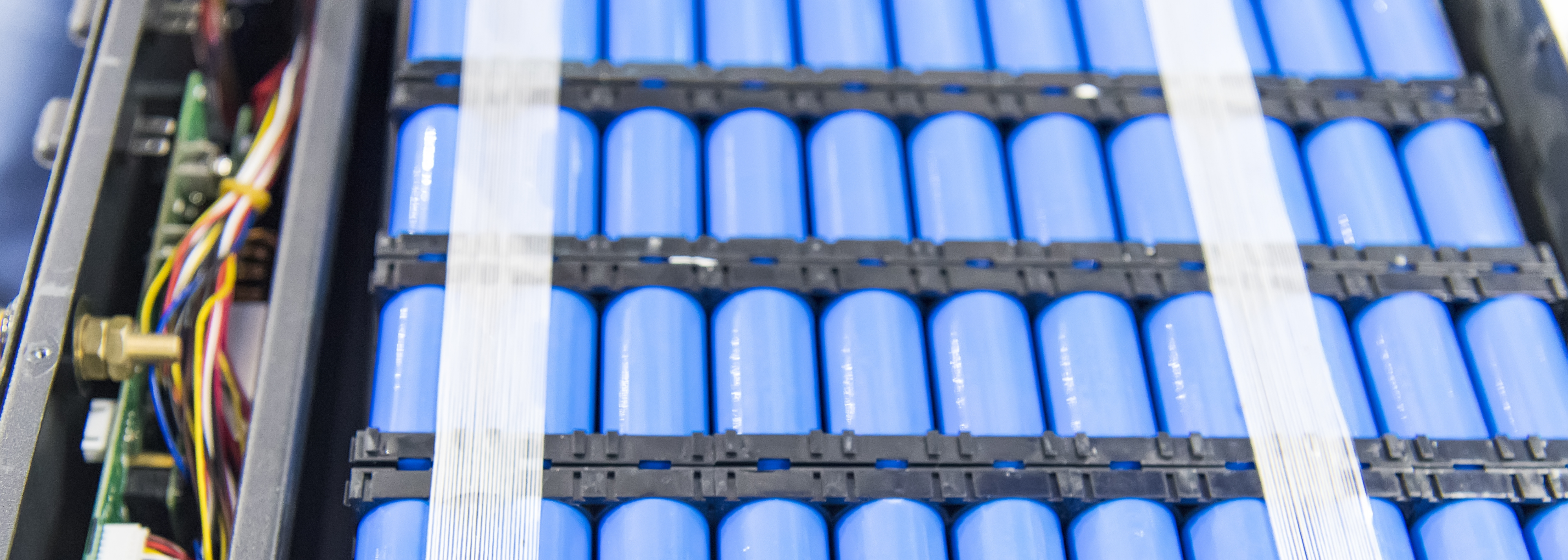

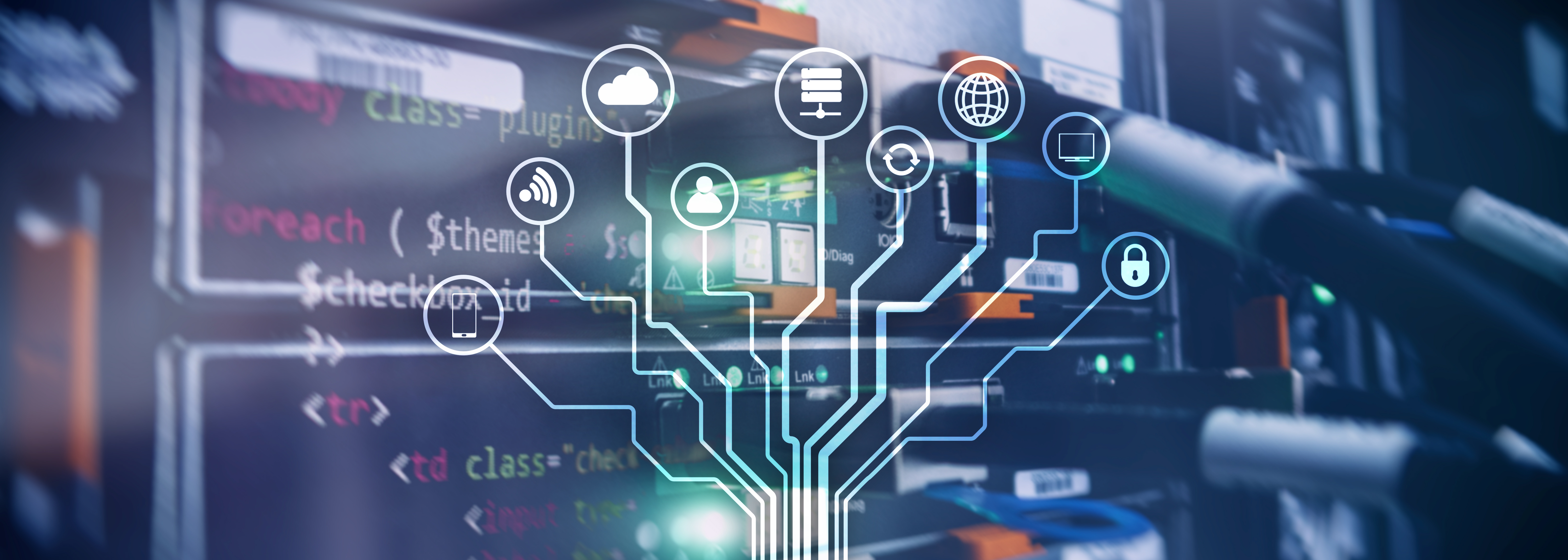

The rise of electrification
- Electric drive systems reduce greenhouse gas emissions
- Electric drive lift trucks can safely operate indoors, making them the only solution for warehouses
- Electric drive is more efficient, reducing wasted energy and excess heat generation
- Electric drive systems are more economical to operate over time
- The emergence of high-frequency power electronics widens the efficiency gap
- The emergence of lithium battery technology continues to improve electric drive system efficiency
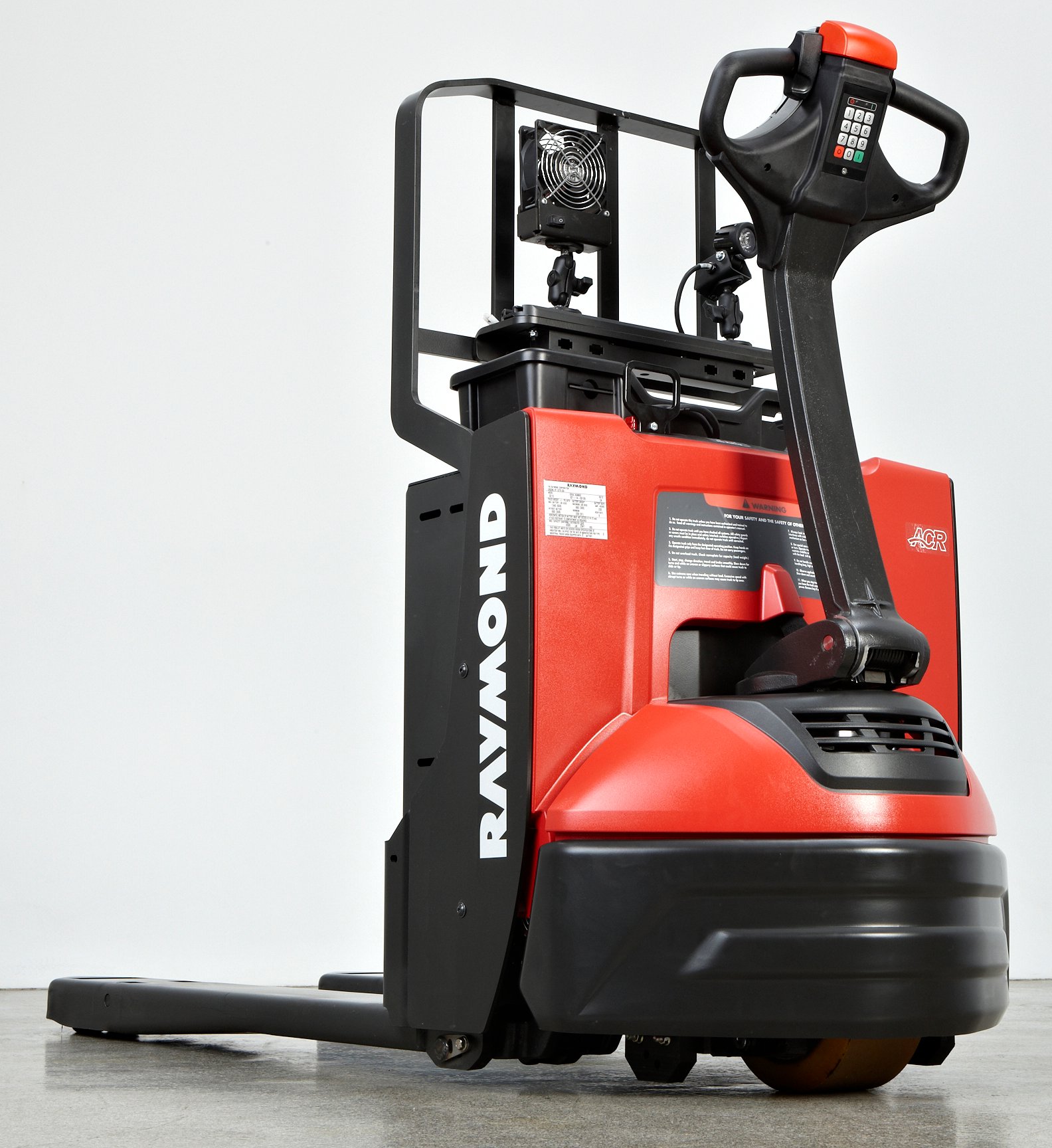
The evolution of battery chemistries
For many years, battery powered lift trucks have used lead-acid batteries. They provide substantial weight to help balance lift trucks when lifting heavy loads, and are a known, cost-effective, and safe solution.
Over the last few years, a transition has been underway from lead-acid batteries to lithium batteries in lift trucks. There are a number of reasons for this transition, but most significant is the Total Cost of Ownership placing lithium solutions equivalent with or superior to lead-acid.
Each battery type has benefits and both will continue to be deployed for many years. It is important to consider the benefits of each when designing your material handling equipment.
Charging system options
It’s more than just volts and amps. Incorporating the right battery charger solutions for individual lift truck or fleet operations is an important design consideration. Returning energy to batteries in a safe, appropriate, and efficient way requires a deep understanding of how batteries react to charge and discharge. Lithium batteries require Battery Management Systems to ensure safety, and CAN bus communications provides significant operational benefits.
- Onboard chargers can be well matched to their battery packs, and allow for efficient opportunity charging to help increase duty cycles – this is more possible with lithium battery packs that provide much higher energy density
- Offboard charging is more traditional in material handling, with high output battery chargers providing substantial energy to high-capacity lead-acid or lithium battery packs
- Hybrid charging solutions can be developed that combine the best of both systems; opportunity charging with an on-board charger during worker shifts and periodically using a higher power off-board charger when the battery pack isn't in use
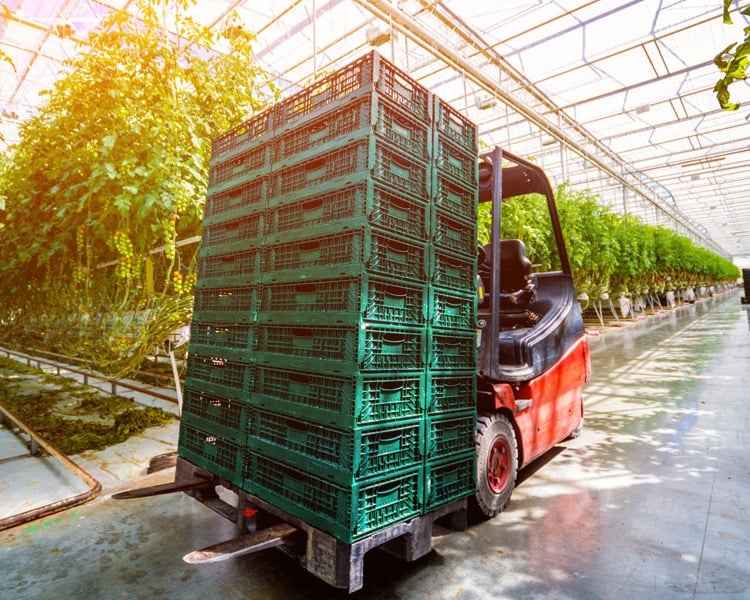
The future of material handling
The most forward-thinking warehouse designers are already starting to consider technologies well beyond what is happening today. Lift truck developers will need to consider the impacts of these future concepts:
- Renewable energy solutions can help warehouse and fleet operators become more independent of the electrical grid.
- Large scale onsite energy storage systems can be deployed to peak shave electrical demand, provide energy security and stability, manage and buffer load on the electrical grid, and even provide arbitrage opportunities to sell energy back to the grid.
- Enhanced efficiency can be gained by deploying a DC micro-grid in future warehouse designs. This is achieved by combining renewable energy sources, onsite energy storage and buffering, and DC instead of AC distribution to all electrical loads in the warehouse.
- The extreme personalization of Industry 5.0 may create a need for vastly different material handling systems and equipment. More than just automation with AGVs or even autonomous operation, think of cooperative robots (cobots) helping personalize every item leaving the warehouse.
About Delta-Q Technologies and Zapi Group
Delta-Q Technologies is charging the future and driving the world’s transition into electric energy! We collaboratively design, test, and manufacture robust battery chargers that improve the performance of our customer’s electric drive vehicles and industrial machines.
As the supplier of choice for Tier 1 OEMs, we use our values, perseverance, and engineering expertise to guide our customers through the electrification process for a sustainable world.
We're also part of the Zapi Group, a global leader in electronic speed controllers and associated products for battery and hybrid-powered electric vehicles.
Headquartered in Vancouver, Canada, Delta-Q’s team and distribution spans five continents to service industries such as electric golf cars, lift trucks, aerial work platforms, e-mobility, floor care machines, utility/recreational vehicles and new markets, like outdoor power equipment.
“Our partnership with Delta-Q Technologies has come with great success! We're pleased with the results and the positive responses from our customers since the integration of their chargers onto our NexSys® PURE batteries.”














